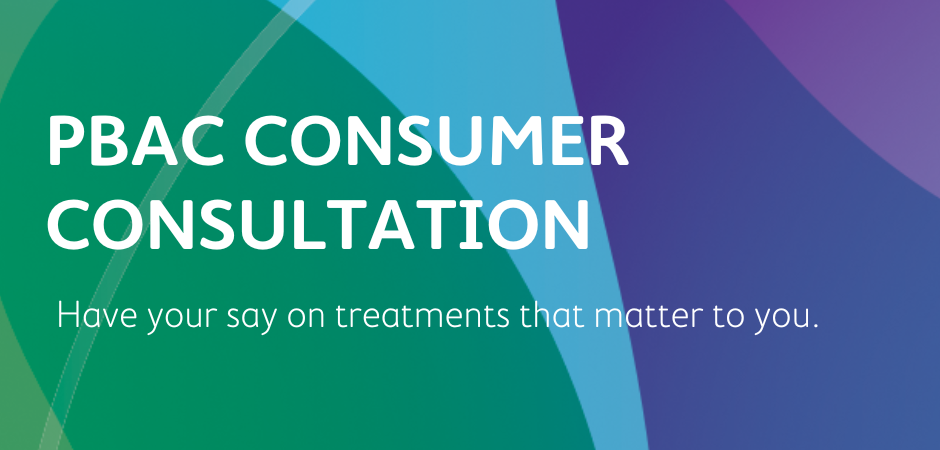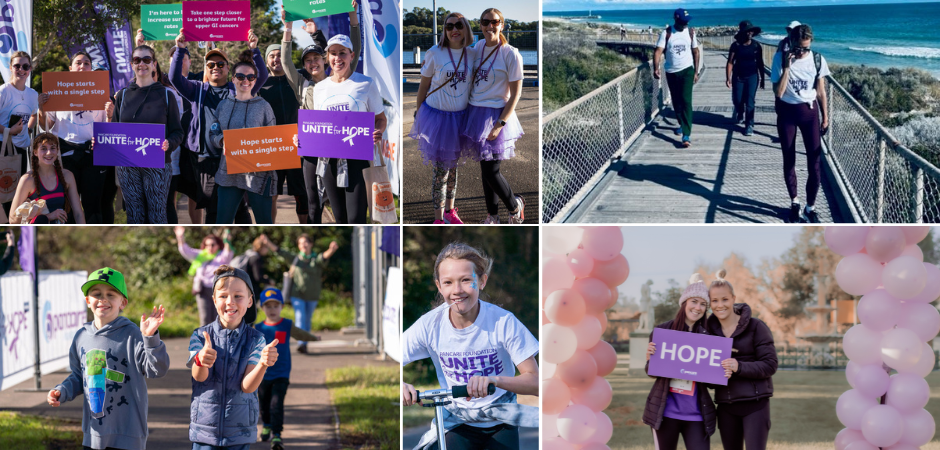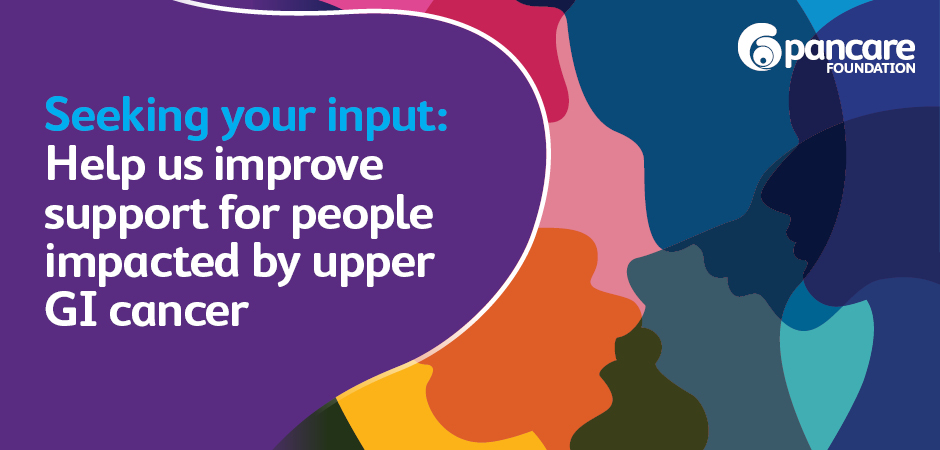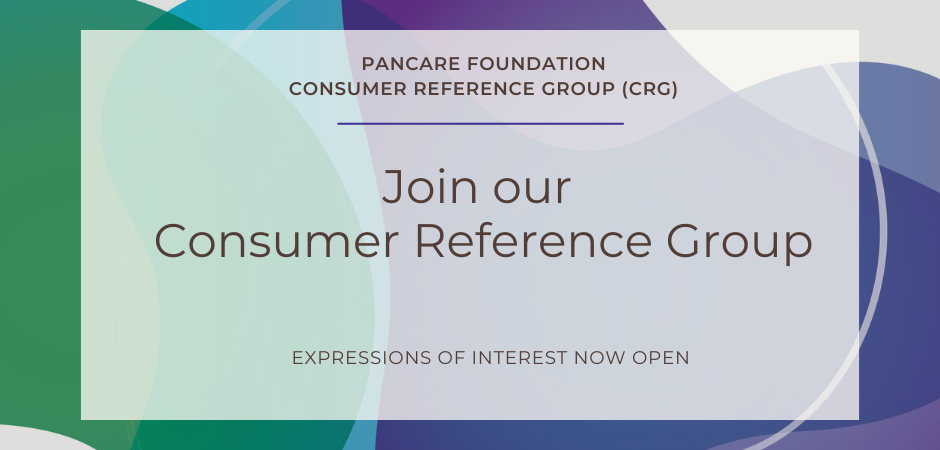Getting the most out of your telehealth appointments
Your cancer treatment team may be offering you appointments by phone or video instead of face-to-face appointments. These are both types of telehealth. Find out how you can get the most out of telehealth appointments and maintain your healthcare as telehealth options become more widely available beyond the COVID-19 pandemic.
In many cases, it will be preferable to have the more detailed diagnosis and treatment conversations face-to-face with your doctor, but when COVID-19 or other reason prevents face-to-face communications, there are good telehealth options available to continue your medical care.
On this page:
> The benefits of telehealth
> The best appointments to conduct via telehealth
> What setup do I need for a telehealth appointment?
> Preparing for your telehealth appointment
> Requesting a face-to-face appointment
> How much will it cost?
> Can I have a support person with me?
The following information has been supplied by Cancer Council, Australia.
What are the benefits?
Telehealth provides a safe way to meet during COVID-19 and can, more generally, be helpful to:
- enable you to continue your vital health care
- reduce your risk of getting other illnesses like colds, flu and Coronavirus. This is important if your immune system (your body’s ability to fight infection) has been weakened by your cancer treatment
- avoid the need to travel to appointments
- save you money on travel and accommodation costs
- be faster if you just need a prescription or have a quick question for your treatment team.
What appointments are best for telehealth?
During your cancer treatment, you will need to see various health professionals. Telehealth is best for the following types of appointments:
- follow-up care
- scan and test results
- advice on symptoms and side effects
- repeat prescriptions
- nutrition and exercise advice
- counselling.
You may have a choice between phone and video telehealth appointments. Speak with your care team to understand their offerings and let them know your preferred mode of telehealth appointment. Your health professional will tell you if they need to see you in person and will arrange follow-up appointments.
What set up do I need?
Phone calls:
- a mobile phone or landline.
Video calls:
- a smartphone, iPad/ tablet, laptop or a computer that has a camera, microphone and speakers
- an email address or mobile phone number so they can email or text you the instructions and link
- internet connection.
Note: Not all health professionals will have the technology to conduct video calls. In these situations, consultations will be done via phone.
Preparing for your telehealth appointment:
Check with your health professional if you are able to see or access scan or test results.
Let your health service know if you:
- are hard of hearing
- need an interpreter.
Make sure you:
- Read any instructions.
- Have a list of questions prepared.
- Have the email address for your local pharmacy so if you need a prescription your doctor can email the pharmacy any prescriptions.
- Have a support person attend if needed. Find a quiet place so you won’t be interrupted and make sure you don’t have a window or light behind you.
- Do not have your mobile phone on silent.
- Turn your microphone on (off mute) and your camera is on if you’re using a laptop or tablet (iPad).
- Rest your screen on something so you don’t have to hold it. This will make it easier for you to concentrate on the call and will also free your hands to write any notes. A pile of books on the kitchen table can work well.
- Set up the screen so you have your face and shoulders in view.
- Connect a few minutes before your appointment time so you can check everything is working ok.
During the appointment:
- Look at the screen.
- Speak slowly and clearly.
- Take it in turns to speak one at a time. Do not talk over each other. If you get cut off, wait for a phone call from your health professional.
- Write down any instructions and what you need to do next.
- Ensure you have asked all your questions.
- Ask your doctor if they can share their screen with you when they are going through test or scan results.
Can I ask for a face-to-face appointment?
Yes, you can and should ask your health care provider for a face-to-face appointment. You should have a face-to-face appointment if:
- It is your first time seeing the doctor.
- Your health professional has asked to see you in person. They will tell you how to stay safe when visiting.
- You are not getting better.
Or if you:
- need a physical examination, test, treatment or scan
- do not feel comfortable using telehealth
- do not have the technology or cannot use it
- have more than one appointment at the health centre or hospital.
How much will it cost?
Anyone with a Medicare card can get a rebate (money back) for telehealth appointments.
Before your appointment, we recommend asking your health service if your appointment can be bulk billed (free) and if not, what the out-of-pocket costs will be.
If you are facing financial difficulty due to COVID-19 or otherwise, find out more about our Financial Support Program. Alternatively, you can view information regarding available Financial Support during COVID-19 for those facing personal financial hardship.
Telehealth support services offered by Pancare Foundation’s PanSupport service are free of charge.
Can I have a support person with me for the appointment?
Yes. Just make sure you introduce the person to the health professional at the start of the call/ video as you would if you were meeting in person.
Brought to you by Cancer Council Victoria
For more information, visit https://www.cancervic.org.au
Speak to our Specialist Support Team for Practical Support.
Specialist Support Team 1300 881 698







